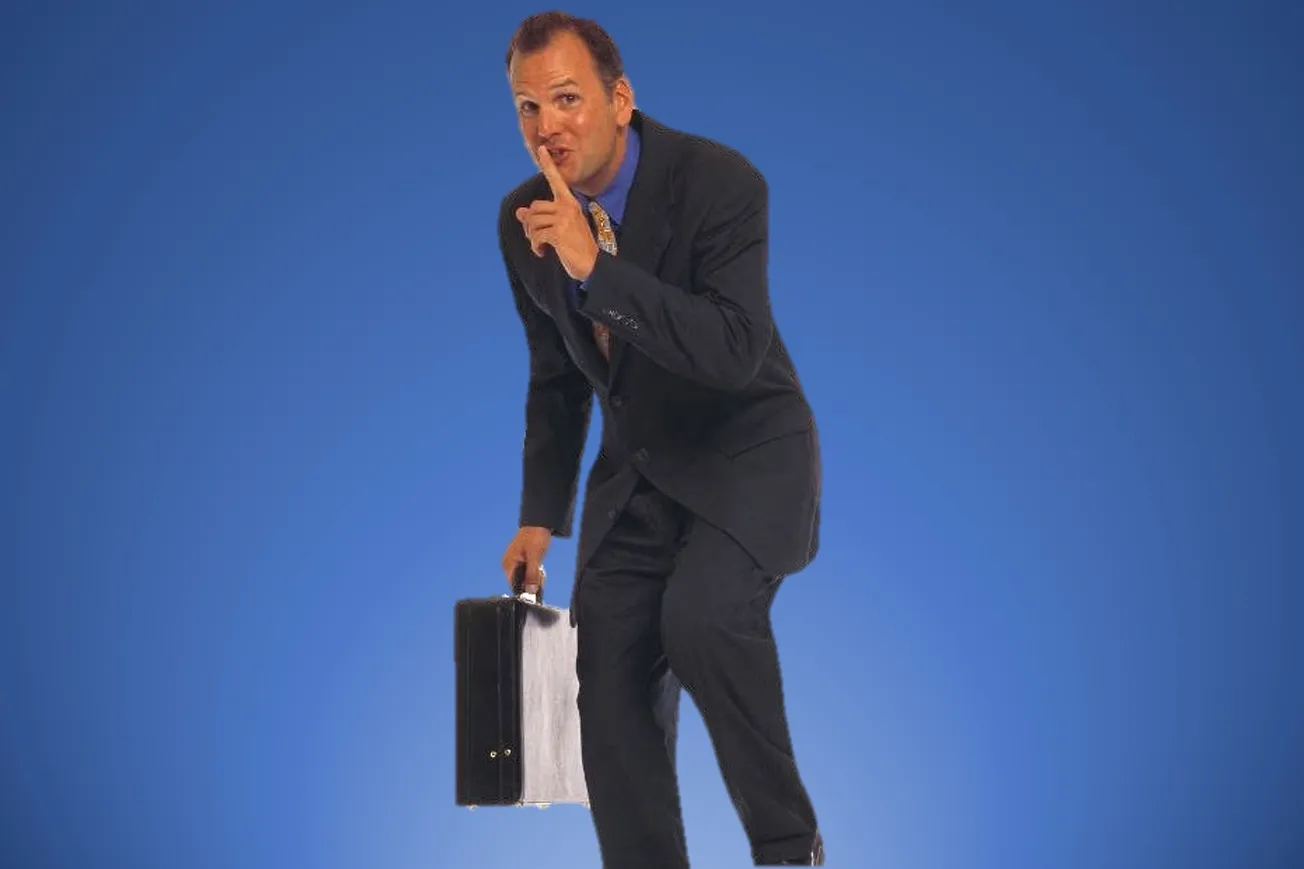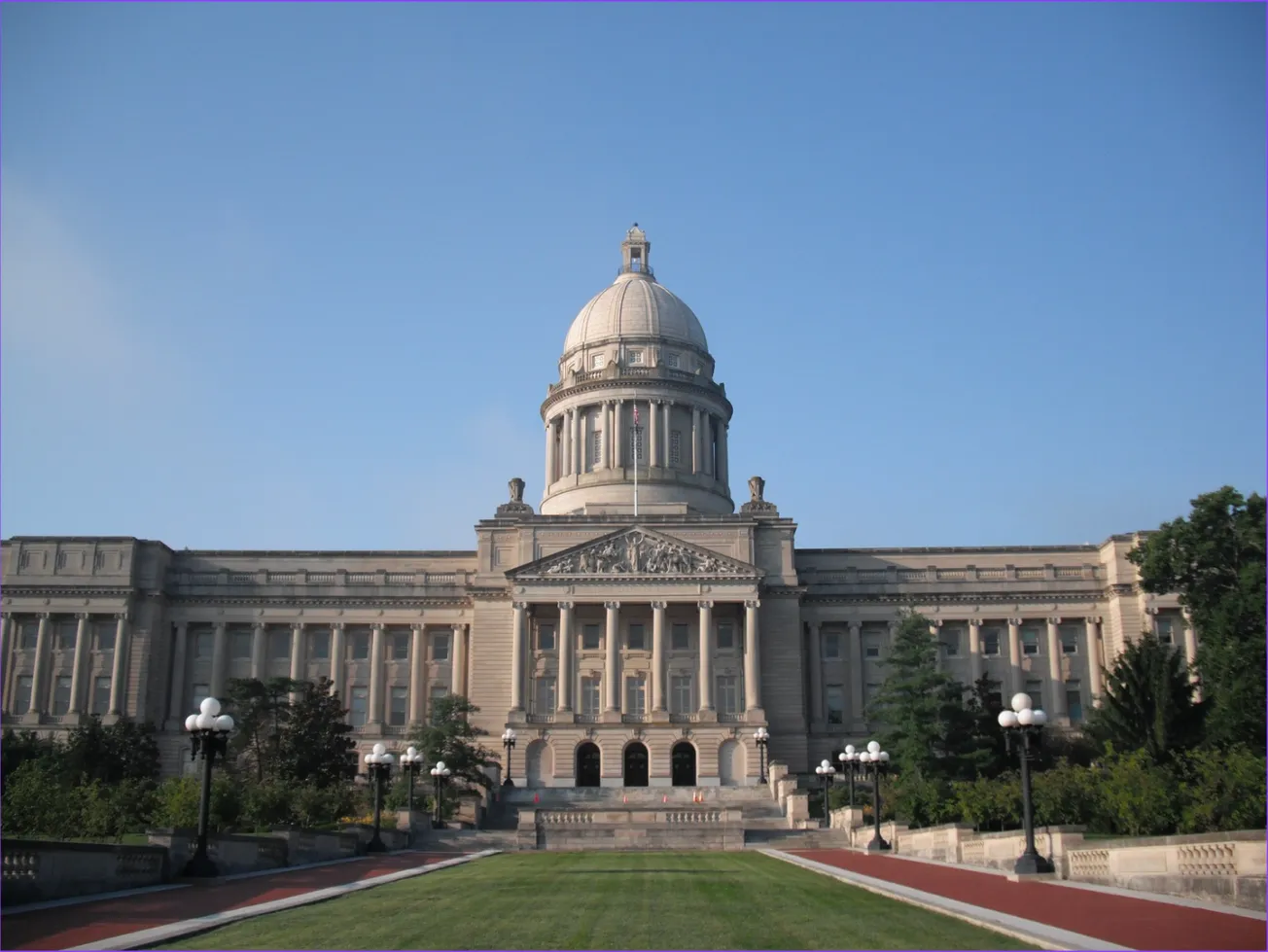I don’t remember the white kid’s name. But I remember what he said to me after my community college Kentucky history class one day:
“My parents or grandparents never told me about any of this. We needed to know the truth. Thank you.”
I had just lectured on the Jim Crow era in Kentucky. I cited Mayfield, the Graves County seat and my hometown, as typical of towns in the South and in border states like Kentucky where systemic racism was the law and the social order.
Right-wing white Republican lawmakers are pushing a pair of bills in the General Assembly to limit the freedom of public school teachers to teach about systemic racism. There’s no better example of that topic than the Jim Crow era when African Americans were kept separate and unequal from whites.
HB 14 and 18 would prohibit the teaching of anything that causes a student to “feel discomfort, guilt, anguish, or any other form of psychological distress on account of his or her race or sex.” HB 18 covers public colleges and universities, like WKCTC, where I taught for two dozen years.
Read “white” for “race.” In other words, teachers mustn’t make white students feel bad by exposing them to unpleasant truths like segregation, lynch mobs, and denying people the vote based on their skin hue.
HB 14 and HB 18 reflect right-wing hysteria over Critical Race Theory, which “states that U.S. social institutions (e.g., the criminal justice system, education system, labor market, housing market, and healthcare system) are laced with racism embedded in laws, regulations, rules, and procedures that lead to differential outcomes by race,” according to Rashawn Ray and Alexandra Gibbons of the Brookings Institution. For the umpteenth time: CRT is taught in law schools and at the postgraduate level. It’s not part of grade or high school curricula.
No matter – Republican politicians know “CRT” revs up the Ever-Trumper white folks who make up the bulk of the party’s base these days. So they stick the CRT label on almost any school curriculum that aims to tell the truth about racism. (Some of the anti-CRT bills specifically mention CRT. The Kentucky bills don’t. But a press release from HB 14’s sponsor is peppered with references to CRT and said the measure was designed to keep CRT out of classrooms.)
All history is local, too.
“All politics is local,” Tip O’Neill famously observed. So is history, which is why I tried to localize history whenever I could.
“So what was Jim Crow and where did Mayfield fit in with the system?” I'd rhetorically ask my students. Then I’d explain that in the 1880s and 1890s, all 11 former Confederate states and border states like Kentucky made race discrimination the law and the social order.
The origin of the term “Jim Crow” is unclear, but what held the system in place is not: violence or the threat of violence, including murder, against African Americans who dared challenge it. White supremacist Democratic legislatures segregated Blacks from whites. The ex-Confederate states stripped the vote from Black hands.
White defenders of Jim Crow called the system “separate but equal.” It was separate and unequal, and everybody knew it.
I grew up in the waning years of the Jim Crow Era, which lasted until the 1950s and 1960s. Brown v. Board of Education, the landmark 1954 Supreme Court decision, said segregated schools were unconstitutional. In the 1960s, Congress passed historic legislation outlawing de jure discrimination – discrimination by law.
Jim Crow Mayfield
My description of Mayfield of my childhood seemed about as foreign to many of my students as the Peloponnesian Wars of ancient Greece. (I also taught European and American history.) Nearly all of my students were born long after Brown and the 1964 Civil Rights Act and the Voting Rights Act of 1965.
“What I’m about to tell you was what my hometown –and towns all across the South and Kentucky—were like,” I’d tell my students. “I was there.”
- White store owners wouldn’t hire Blacks except as janitors or to run errands or deliver goods. Some business owners wouldn’t hire Blacks, period.
- Some blacks worked as restaurant cooks. But they couldn’t eat with white customers. Dining rooms were white-only. Black customers had to eat in the kitchen or order food to go.
- Blacks couldn’t stay at the Hall Hotel or local motels.
- Schools were segregated. Mayfield High School and W.J. Webb Junior High were white only. So were Lee (as in Robert E.), Longfellow, and Washington elementary schools. Dunbar was the 1-12 school for Blacks. Across Kentucky and Dixie, Black schools were woefully underfunded compared to white schools.
“The most segregated hour of Christian America”
“It is appalling that the most segregated hour of Christian America is 11 o’clock on Sunday morning,” Martin Luther King Jr. said in 1963, my freshman year at Mayfield High School.
Historically Black churches never turned away whites. But Blacks were evidently unwelcome at white churches when I was a kid.
I grew up in all-white First Presbyterian. The only Blacks I saw on the premises were the middle-aged male janitor and the elderly woman who kept the kids in the nursery. Today, the congregation includes a handful of Blacks and Hispanics, but the church is still mainly white. The other traditionally white churches in town remain mostly white, too.
“Sign, sign / Everywhere a sign”
“Sign, sign, everywhere a sign / Blockin' out the scenery, breakin' my mind / Do this, don't do that, can't you read the sign?” crooned the Canadian Five Man Electric Band in a song that came out in 1971, the year I graduated from Murray State University. The lyrics reminded me of Jim Crow days when “white” and “colored” signs were everywhere.
- There were four toilets in the Graves County courthouse: “white” men and “white” women and “colored” men and “colored” women. At the local Greyhound bus station there were “white” and “colored” drinking fountains.
- Mayfield and Kentucky were different from the old Confederacy in that the white Democrats who dominated the governor’s office and the legislature didn’t deny the ballot to African Americans. White Kentucky Democrats of old weren’t more enlightened than their white Southern brethren. They just figured there weren’t enough Blacks in the Bluegrass State to matter.
(Likewise, because Kentucky today is less than nine percent African American and less that four percent Hispanic, the Republicans — political heirs to the Dixiecrats — haven’t felt the need to pass a blatant, flat-out neo-Jim Crow minority voter suppression law like those approved by their kindreds in other GOP majority statehouses, notably in Florida, Georgia, and Texas, all states with significant Black and Hispanic populations.)
Hoke Colburn
I’d ask my students, “Do any of you know why Hoke Colburn — played by Morgan Freeman — in the movie ‘Driving Miss Daisy’ stopped to urinate behind a billboard?” They didn’t. I’d explain it was because Blacks couldn’t use white toilets in white-owned gas stations.
Texaco had a “White Patrol,” a group of inspectors who roamed the country in white cars checking on the cleanliness of Texaco gas station toilets. The irony of “White Patrol” was lost on me as a kid.
“Going to the show”
We loved “going to the show,” meaning the movies. We could choose between The Princess and the Legion theaters. At the Princess, everybody bought tickets at the booth outside. Whites went in through the lobby. Blacks had to walk up the fire escape and sit in the balcony.
The Legion, in the American Legion Building, barred Blacks. There were Black veterans in town, but the local Legion post was white-only.
“Dancing to-nite” said the old neon sign over the front door at the Legion building. They’d turn it on for dance nights. The dances were white-only.
“Colored Town”
Only whites lived in the middle-class neighborhood where I grew up. The “RP” (rich people's) section was all white, too.
Polite whites called African American neighborhoods “Colored Town.” To less genteel whites, it was “N----r Town.”
Segregated from cradle to grave
My grandmother died in the old Mayfield Hospital in 1964. After visiting her in her room one day, my brother and I decided to explore the hospital. We rode the elevator down to the basement. The door opened, and — to our surprise — we saw a room full of African Americans in hospital beds. That was the “colored ward.”
Mayfield cemeteries were segregated as well. Maplewood, the oldest burial ground, symbolized who was on top in town, as it was on a hill. The Black cemetery — Peaceful Valley — was in a flat area behind and below the rise. I suspect more than a few whites expected to find a Jim Crow Heaven governed by “white” and “colored” signs.
This might sound strange coming from a history teacher, but I took some comfort in my students’ lack of awareness of the Jim Crow era. (Almost all of them were white.) Their incredulity and disgust at institutionalized Jim Crow racism at least suggested how far we have advanced from the “separate and unequal” society of my childhood.
Jim Crow 2.0
But the rise of Trumpism — largely rooted in racism, with a hefty helping of sexism, misogyny, nativism, xenophobia, homophobia, and religious bigotry to boot — is proof that we have far to go. Anti-CRT and minority voter suppression laws are more evidence.
“It’s no coincidence that Trump himself gave impetus to the CRT conspiracy theory via attacks on the New York Times’ ‘1619 Project’ examining the pervasive role of slavery in America’s founding,” Ed Kilgore wrote in New York magazine last year. “His Office of Management and Budget also fed the flames with a 2020 memo banning federal employee ‘training on ‘critical race theory,’ ‘white privilege,’ or any other training or propaganda effort that teaches or suggests either (1) that the United States is an inherently racist or evil country or (2) that any race or ethnicity is inherently racist or evil.”
He added: “Why is CRT a convenient myth for Republicans? Like earlier and continuing attacks on ‘political correctness’ and ‘woke corporations,’ the war on CRT takes an abstract white nationalist concept and makes it viscerally immediate for white middle-class voters who might not otherwise be too agitated about cultural changes. ‘PC’ and ‘cancel culture’ are thought to threaten everyday freedom of speech; ‘woke’ businesses threaten the livelihoods of their non-compliant employees; and CRT is treated as a threat to parental control of the world views of their own children — as ‘brainwashing’ or ‘indoctrination’ rather than as simply encouragement to think critically and independently about one’s inherited assumptions concerning America and its alleged meritocracy.”
Sponsors of the anti-CRT bills, including HB 14 and HB 18, don’t want students to “think critically and independently” on topics like systemic racism. But banning topics and books can boomerang on the censors.
Sales of Maus, the Pulitzer-prize winning graphic novel about the Holocaust, are skyrocketing after a Tennessee county school board banned the book.
I’m not surprised. After the Graves County school board banned William Faulkner’s As I Lay Dying from Graves County High School in 1986, the 1930 novel became an instant best seller in western Kentucky. (My wife was then the librarian at Mayfield High School. The day after the banning, the chairman of the Mayfield Independent School Board came to MHS and assured my spouse that no books would be banned there, explaining, “Our job is to teach students how to think, not what to think.”)
I was a reporter at the Paducah Sun and wrote my share of stories about the book banning. I remember asking a student if she'd read the book. She said she hadn't but sure would now.
Perhaps, in the end, the result of these efforts to ban both books and thinking will likewise boomerang on Kentucky Republicans, and instead of trying to escape from our past, we will actually look at it, discuss it, and learn from it. Just like my students did.
--30--








